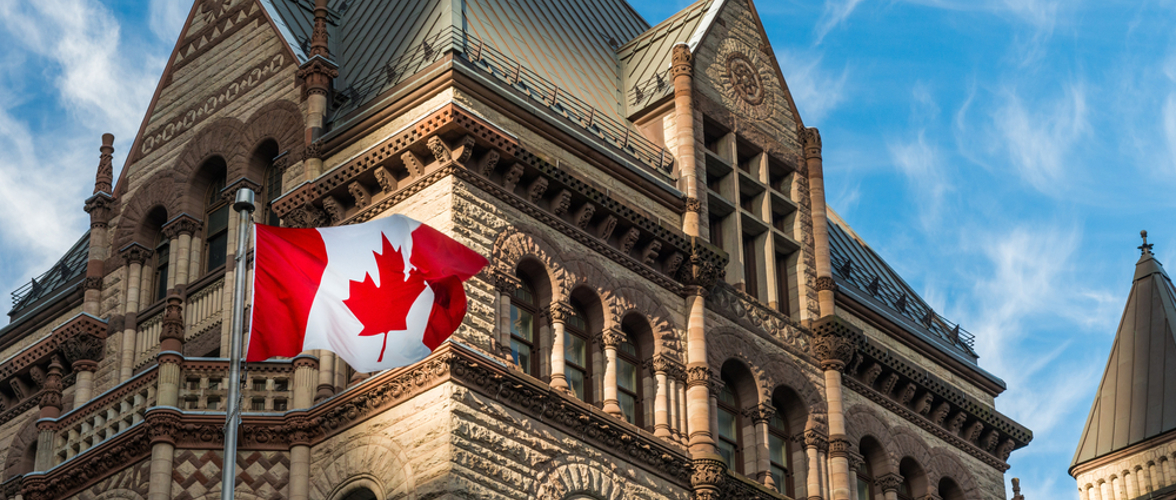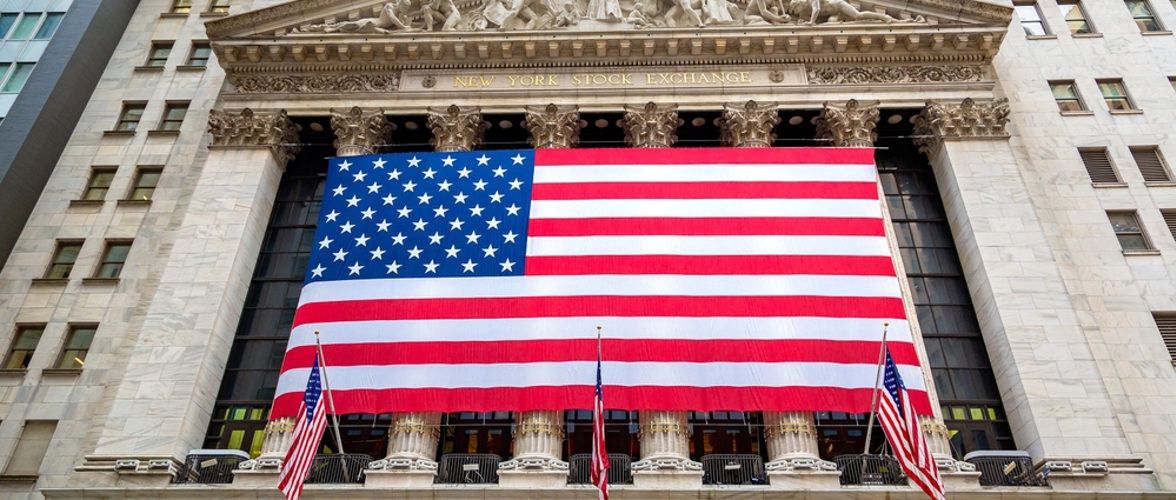As the US economy has continued to recover amid reopening efforts, despite some setbacks due to the Omicron variant of COVID-19 (coronavirus), consumer spending and the labor market have expanded. Consequently, US GDP has been adjusted to increase at an annualized rate of 6.9% during the fourth quarter of 2021.
Despite this growth, inflation has posed an increasing concern, resulting in the Federal Reserve announcing anticipated interest rate hikes. Although inflation was previously expected to be transitory, it has continued to rise, driven by supply chain and labor shortages, mounting federal spending and aid, and low interest rates. Further contributing to inflation-related setbacks, new variants of the coronavirus resulted in additional regulations tempering growth.
Labor market
- Despite the Omicron variant resulting in new restrictions, 1.8 million nonfarm jobs were gained during the fourth quarter of 2021, with an additional 467,000 jobs added in January 2022 alone.
- Quarterly growth has been driven by increased demand for leisure and hospitality, professional and business services and education and health services. This comes amid increased travel activity, despite the onset of new virus variants. In particular, in December 2021, the number of domestic travelers exceeded prepandemic levels due to holiday travel.
- Wages have continued to rise in tandem with inflation resulting in real hourly earnings (wages minus inflation) displaying marginal growth and posing concerns of a wage-price spiral.
- Following declines during the fourth quarter, the unemployment rate increased marginally to 4.0% in January 2022, marking a 0.1 percentage point increase from the prior month.
- Sectors with the largest gains in employment in January 2022 include leisure and hospitality, professional and business services, retail trade and transportation and warehousing, driven by continued easing of most restrictions and increased travel activity. Mining and logging and construction exhibited slight declines in January while utilities stagnated as construction activity tapered.

Consumer Spending
- Despite rising inflation, personal consumption expenditures (PCE) grew 1.4% during the fourth quarter of 2021.
- Continuing to surpass prepandemic spending levels, year-over-year PCE increased 13.3% in December 2021. Growing consumer spending has been driven by increased spending on goods, particularly for clothing and footwear, and furnishings and durable household equipment.
- Spending on durable goods has slowed during the fourth quarter, increasing only 1.0%. Falling consumption of motor vehicles and parts pressured spending on durable goods, however, increased spending on furnishings and durable household equipment has supported growth.
- Spending on nondurable goods has decreased during the fourth quarter, driven primarily by spending on gasoline and other energy goods decreasing 10.9% during the quarter. Additionally, spending on food and beverages purchased for off-premises consumption stagnated during the same period.
- Decreasing consumption of transportation services (-6.7%) and recreation services (-5.6%) drove spending on services to decrease 2.1% during the fourth quarter.
Inflation
- Personal Consumption Expenditures (PCE) price index, excluding food and energy, the Federal Reserve’s preferred inflation measure, increased 1.4% during the fourth quarter of 2021. Consequently, year-over-year inflation stands at 4.9% for the year ending in December 2021, the largest increase since 1983.
- Although the Federal Reserve monitors multiple price indexes to measure inflation, it prefers core inflation measures that exclude volatile items such as food and energy items. Although these items can experience large prices changes in one period, it does not necessarily mean their prices will follow that trend during the next period. Therefore, excluding these items is the preferred method of the Federal Reserve for assessing inflation trends.
- Another measure of inflation, the Consumer Price Index (CPI), including food and energy items, increased 7.0% for the year ending in December 2021. This measure has continued to rise in 2022, increasing 7.5% for the year ending in January 2022, reaching a 40-year high.
- The ongoing supply chain issues caused by the COVID-19 (coronavirus) pandemic is the primary driver for the spike in inflation, as decreasing supply caused prices for many goods to spike. Other contributors to inflation has been rising wage costs and mounting government spending, such as with stimulus checks during the pandemic, which prompted consumer spending to rise at a rate faster than supply chain issues could be addressed.
- As inflation increased, average annual wages increased. However, wages only increased 4.7% for the year ending December 2021, compared with the inflation increase of 7.0%, as measured by CPI. Therefore, although wages have increased, consumers have less spending power due to the significant increase in inflation.
- The Federal Reserve has announced a plan to increase interest rates three times in 2022, with the first increase expected in March, in an attempt to decrease inflation. The target inflation rate is 2.0%, which is the rate most consistent with the Federal Reserve’s mandate for maximum employment and price stability.

Residential trends
- The housing price surge has slowed down, with house price growth slowing during the fourth quarter of 2021. In turn, the number of new housing units’ construction has grown at an average rate of 1.3% in 2021 compared to 6.6% in 2020.
- Nevertheless, construction of new homes is holding up, with 1.6 million to 1.8 million units under construction, surpassing pre-pandemic levels.
- There has also been an increase in multifamily construction, partially due to end of urban flight and the return of renters to cities as companies move away from remote work. This shift back urban living has driven up rent prices in major cities, such as in New York City where rent prices are at an all-time high.
Nonresidential trends
- Nonresidential construction grew 1.1% in December 2021 compared to three months prior, driven largely by demand from lodging, manufacturing, religious buildings and conservation and development.
- Increasing manufacturing and industrial output during the quarter contributed to increased construction of water supply and conservation equipment to service increasing capacity utilization. This trend has also been driven by the incoming rate hikes, which encourage companies to replace outdated equipment.
- However, by the end of the quarter, manufacturing output has nearly returned to prepandemic levels; consequently, manufacturing construction may have bottomed out and the trend may reverse.
- Rising rent costs, low interest rates and more people returning to cities has driven demand for multifamily commercial real estate construction, also reducing its risk profile and easing lending standards from banks.
- Commercial and industrial loans have decreased in 2021 after increasing 22.3% during the fourth quarter of 2020, indicating a decrease in investment in plant and equipment and working capital.
- Although the Build Back Better Act passed in the House in November 2021, it was strongly contested in the Senate, which led to a smaller $1.0 trillion infrastructure bill. While there are ongoing negotiations for the Build Back Better Act, particularly as the national debt surpassed $30.0 trillion in February 2022, key components of the act would facilitate construction in the residential, education and clean energy sectors.

Financial markets
- Investors are looking for healthy signs of growth from companies as signs of reaching ‘endemic’ appear. Anticipated rising interest rates due to rapidly increasing inflation has subdued the investment market in 2022.
- While mounting inflation was previously claimed to be transitionary, wage growth could lead to a prolonged period of high inflation.
- In 2021, supply shortage occurred as production could not keep up with rapidly rising demand, as well as constricted supply chains, resulting in investors shifting to precious metals, primarily gold, due to a volatile market.
- While the Federal Funds rate still sits at effective 0.08%, several rate hikes are expected to occur due to rising labor wages and inflation, which is well above the 2.0% target. The first rate hike is expected to occur in March 2022.
- The S&P500 has grown 23.2% while NASDAQ composite index has increased 17.3% in the 2021 calendar year, indicating recovering investor confidence. However, mounting inflation poses a risk to continued market growth.
Distribution of risk ratings
- 2019 risk ratings were close to normally distributed.
- 7% of industries rated as medium-high or greater risk.
- Risk in 2020 was concentrated at the higher end of the scale due to the onset of the pandemic.
- 9% of industries rated as medium-high or greater risk.
- Risk in 2021 is expected temper as restrictions largely ease, despite the onset of new variants.
- 2% of industries rated as medium-high or greater risk
- The risk outlook is expected to improve significantly by 2022, once the economy fully reopens.
- 9% of industries rated as medium-high or greater risk.

Sector highlights
- Accommodation and Food Services – The Accommodation and Food Services sector went from the riskiest sector in 2020 to one of the least risky in 2022, driven by the easing of regulations that particularly impacted businesses in this sector. Sector employment remains 10.3% below prepandemic levels. Despite growth in industries such as Chain Restaurants, Bars & Nightclubs and Single Location Full-Service Restaurant, labor shortages have affected this sector the hardest as its lower-paying jobs have pushed many workers to seek new employment, particularly with the onset of new variants.
- Transportation & Warehousing – While transportation has demonstrated to be one of the riskiest sectors during the pandemic, pent up demand resulted in US airline passengers rising 118.0% in December 2021 compared with December 2020, according to data from the Bureau of Transportation Statistics. However, this is still 16.0% below prepandemic levels in December 2019. This growth is indicative of anticipated recovery in the International Airlines and Domestic Airlines
- Construction – While both residential and nonresidential construction activity have tapered off during the fourth quarter, anticipated interest rates hikes in 2022, in tandem with added funding from the Build Back Better bill passed in November 2021, may spur growth in early 2022. Additionally, continued industrial activity has driven water supply and conservation construction and equipment, thus the Water & Sewer Line Construction industry has continued to benefit.
- Retail Trade – While the E-commerce & Online Auctions industry has been resilient to business closures, surging inflation approaching a 40-year high for the Personal Consumption Expenditures (PCE) price index has tempered consumer spending on goods. Although retail sales have continued to rise during the fourth quarter of 2021 and in January 2022, inflation has offset this growth, with most expansion occurring in retail prices rather than the amount purchased.






